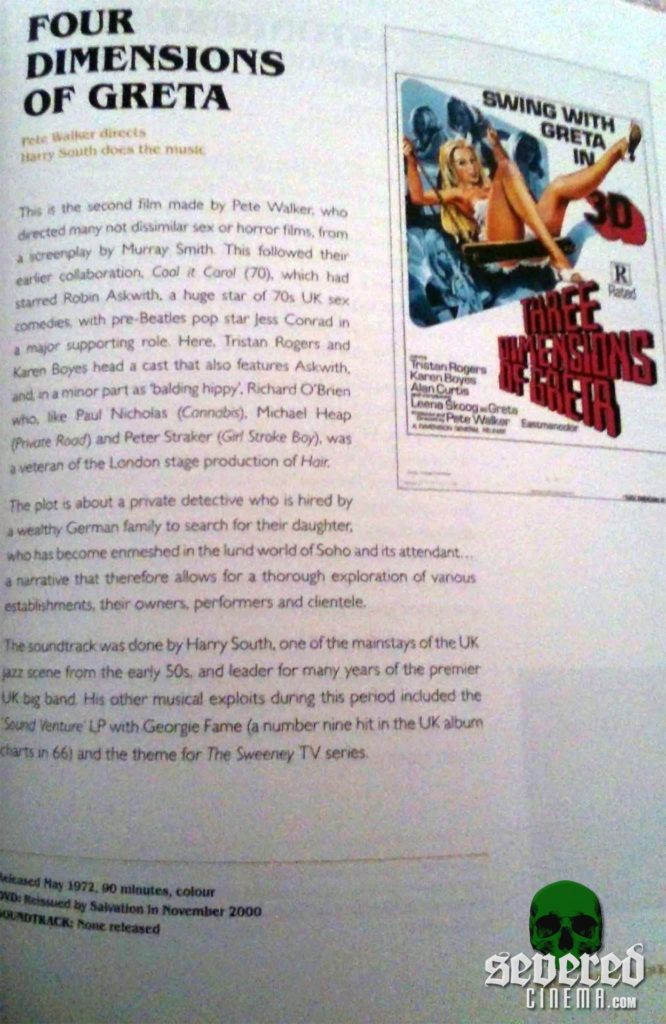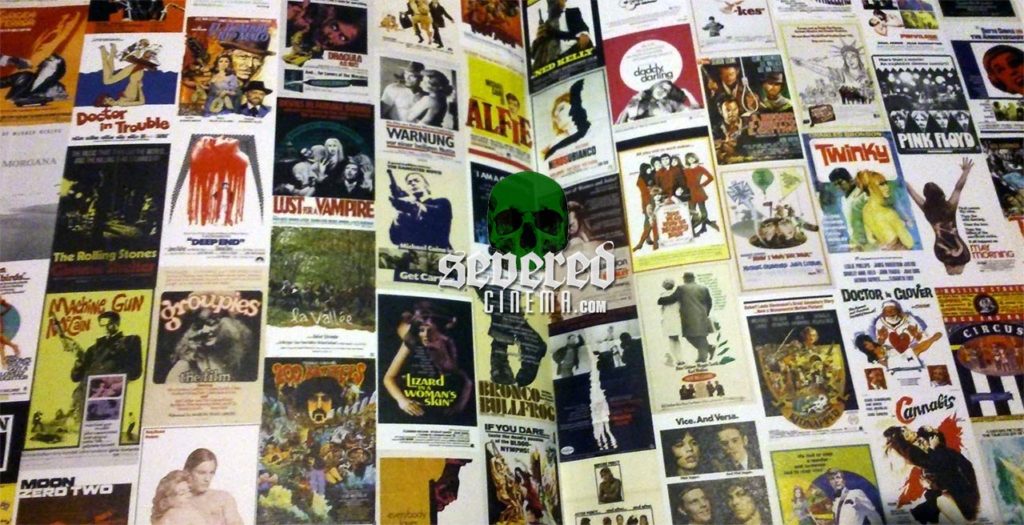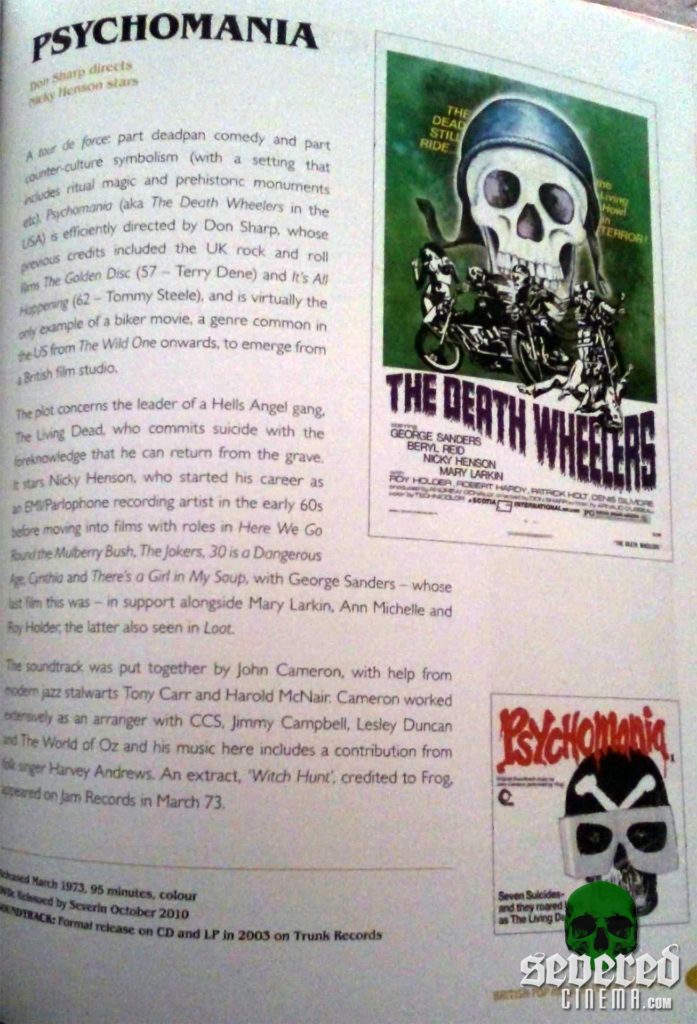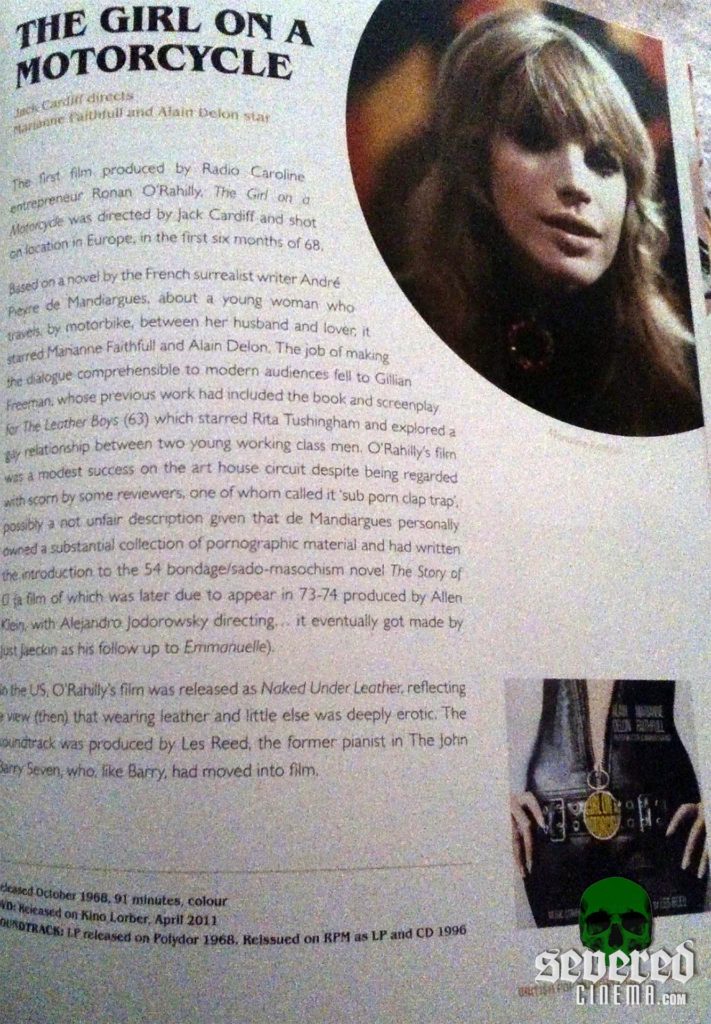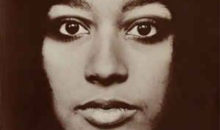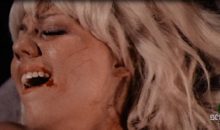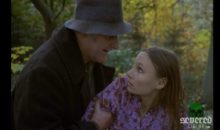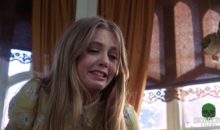Review of Psychedelic Celluloid: British Pop Music in Films and TV 1965-1974
It could be argued that since the early years of cinema, two of the most important decades of movie making has to be named as the ’60s and ’70s. More to the point, it was the last years before the dawn of the mega blockbusters which swept away a lot of imagination and a lot of daring. Once Star Wars arrived, studios were, over time, less inclined to gamble off a different kind of flick, and grew more focused on the popcorn market — a market who had only till a few years back lapped up so many crazy wild silver screen monsters.
Of course, it was the music and building revolutions in the air which triggered the 1960s and its psychedelic underground. They came en masse to London just to add maybe a few scenes featuring the swinging scene. Americans flew across, or pumped money into UK studios, and the Europeans simply needed to get involved as well. From the mid ’60s to around the middle of the ’70s, give or take, psychedelic images danced upon the cinema.
In 2016, a fine book called, Psychedelic Celluloid: British Pop Music in Films and TV 1965-1974, by Simon Matthews, collected just about each and every example of this art-form and presented them complete with facts and information. Here in one volume are the stars, the writers, the directors, and the bands/artists who performed the music. Did you know that Pink Floyd hold the record for most soundtrack appearances in those years?
So where does this all fit in with Severed Cinema? Aside from so many obscure and freaky experimental movies, horror has a wonderful get together within. Goodbye Gemini, The Wicker Man, Dracula A.D. 1972, and Death Line (“Mind…the…doors…”) are a few titles to juice up your appetite. Each film has a page or two which briefs who was behind what, who starred, a quick synopsis, and then the soundtrack honours. At the foot of every film comes info regarding availability, albeit they are somewhat untrustworthy since some he claims are unavailable have been out for years.
We move throughout the years in order (after a very detailed and lengthy introduction) beginning with 1965 and The Knack, with wideeyed, Rita Tushingham, then the Beatles and Help! Straight after comes Michael Caine being smug as, Alfie, and the criminally under-appreciated, Modesty Blaise. From then on, studios couldn’t get enough of London and the fashion. Everybody was falling over themselves to shoehorn as much as possible into any genre or plot. All the classics are here – Wonderwall, Blow-Up, Joanna, Yellow Submarine, to the lesser knowns – Bronco Bullfrog, Baby Love, The Reckoning, and many more.
The book comes with intervals as essays that are presented about, for instance, Italy and their take on the sixties, and The Rolling Stones as The Droogs in an originally dreamt up A Clockwork Orange, which was unfortunately rejected.
I’m a bit gutted that personal favorite, Corruption, isn’t included – perhaps due to the fact that Bill McGuffie wasn’t a musician with vinyl out, but at least Psychomania has a neat appearance. For a lover of the era such as myself, this came with a minefield of new information plus a brush up on what I already knew. Simon Matthews hasn’t discredited himself, having worked hard compiling this volume. He admits in an afterword that a majority came from the internet. Kudos to him for confessing such a thing, I suppose.
For anyone with a love of the music, fashions, and the scene, or for anyone who simply adores movies, Psychedelic Celluloid is a handy book to own.
Book: Psychedelic Celluloid: British Pop Music in Films and TV 1965-1974
Edited by: Simon Matthews
Written by: Simon Matthews
Art by: Elsa Mathern
Year: 2016
Published by: Oldcastle Books
